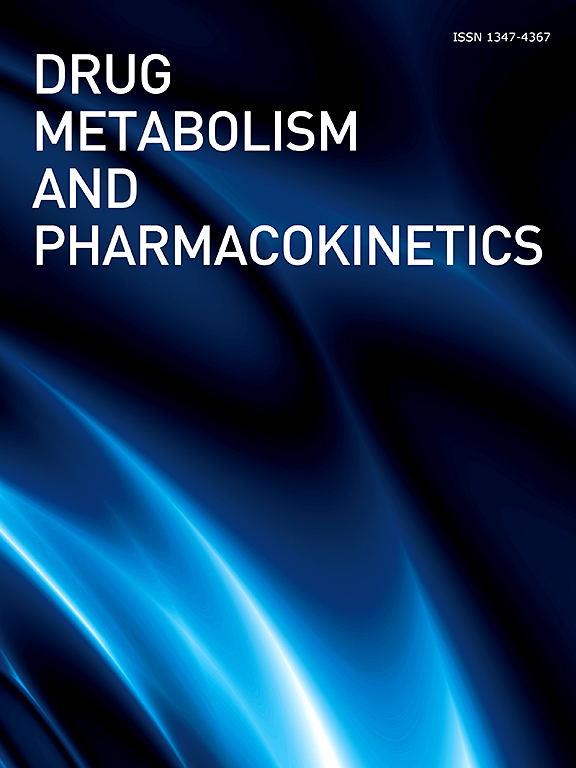Current status of Imaging Mass Spectrometry in drug discovery and development: A survey highlighting technical challenges and future directions
IF 2.7
4区 医学
Q2 PHARMACOLOGY & PHARMACY
引用次数: 0
Abstract
Imaging mass spectrometry (IMS) is used in various fields of pharmaceutical research and development, including the targeted delivery of administered drugs, drug distribution in tissues, drug toxicity analysis, and disease mechanisms. However, IMS is a relatively new technology that requires further validation before being accepted by authorities for regulatory compliance of new drugs. In 2020, an international survey was conducted in collaboration with the Imaging Mass Spectrometry Society (IMSS) and the Japan Association for Imaging Mass Spectrometry (JAIMS) to understand the status of IMS and to identify problems with its application. The survey revealed technical challenges in sample preparation, quantitative analysis of drugs in tissues, and data acquisition. Based on the 2020 survey results, we recently conducted a further detailed survey and had discussions within the JAIMS aimed at translating the results into specific experimental procedures and proposing feasible standard methods. This survey involved detailed questions on five themes: sample collection and storage, tissue section preparation, sample preparation, data analysis (including quantitative analysis and data correction methods), and data reproducibility. The questions were answered by JAIMS members working for ten companies. To resolve technical issues identified by the survey, we propose some realistic approaches toward standardization.

成像质谱在药物发现和开发中的现状:突出技术挑战和未来方向的调查
成像质谱(IMS)用于药物研究和开发的各个领域,包括给药的靶向递送、药物在组织中的分布、药物毒性分析和疾病机制。然而,IMS是一种相对较新的技术,需要进一步验证才能被当局接受,以符合新药的监管要求。2020年,与成像质谱学会(IMSS)和日本成像质谱学会(JAIMS)合作进行了一项国际调查,以了解IMS的现状并确定其应用中的问题。调查揭示了样品制备、组织中药物定量分析和数据采集方面的技术挑战。根据2020年的调查结果,我们最近进行了进一步的详细调查,并在JAIMS内部进行了讨论,旨在将结果转化为具体的实验程序,并提出可行的标准方法。本次调查涉及5个主题的详细问题:样本采集与储存、组织切片制备、样本制备、数据分析(包括定量分析和数据校正方法)、数据可重复性。这些问题由在10家公司工作的JAIMS成员回答。为了解决调查中发现的技术问题,我们提出了一些实现标准化的现实方法。
本文章由计算机程序翻译,如有差异,请以英文原文为准。
求助全文
约1分钟内获得全文
求助全文
来源期刊
CiteScore
4.80
自引率
9.50%
发文量
50
审稿时长
69 days
期刊介绍:
DMPK publishes original and innovative scientific papers that address topics broadly related to xenobiotics. The term xenobiotic includes medicinal as well as environmental and agricultural chemicals and macromolecules. The journal is organized into sections as follows:
- Drug metabolism / Biotransformation
- Pharmacokinetics and pharmacodynamics
- Toxicokinetics and toxicodynamics
- Drug-drug interaction / Drug-food interaction
- Mechanism of drug absorption and disposition (including transporter)
- Drug delivery system
- Clinical pharmacy and pharmacology
- Analytical method
- Factors affecting drug metabolism and transport
- Expression of genes for drug-metabolizing enzymes and transporters
- Pharmacogenetics and pharmacogenomics
- Pharmacoepidemiology.

 求助内容:
求助内容: 应助结果提醒方式:
应助结果提醒方式:


